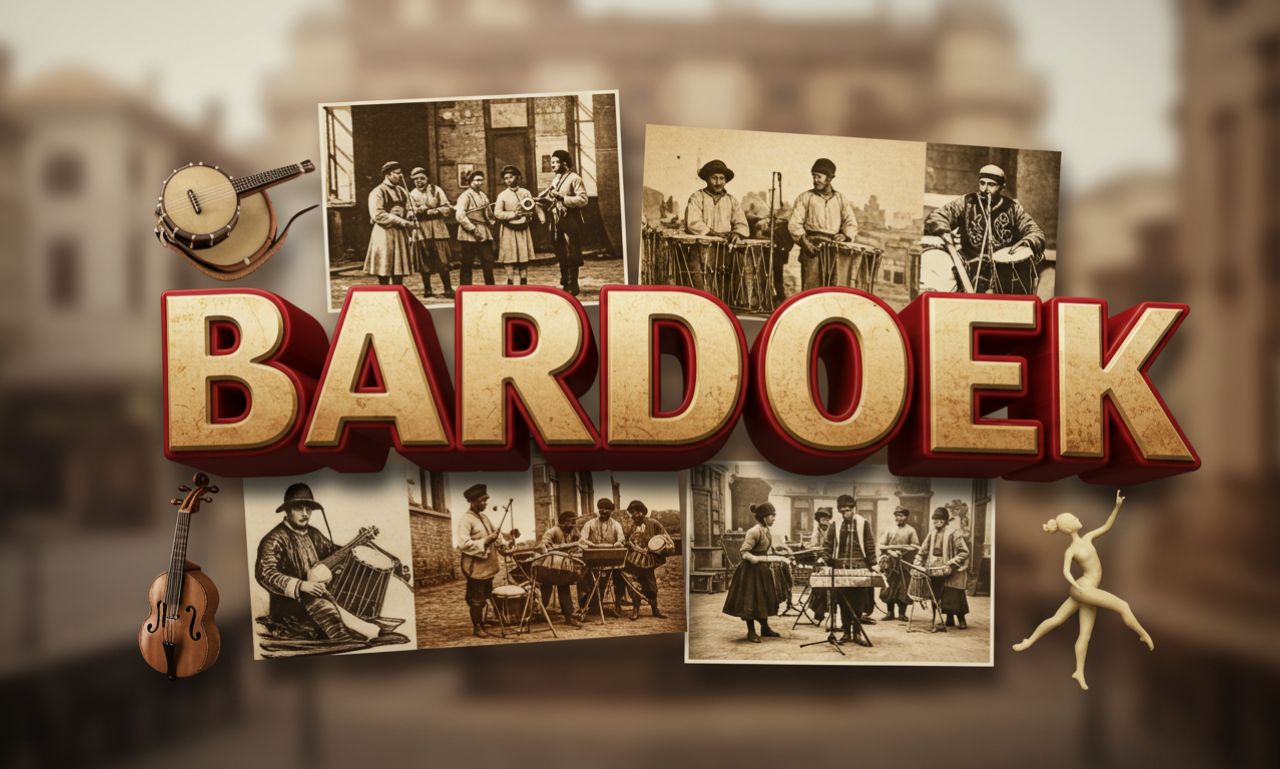Bardoek is more than just an art form; it’s a vibrant expression of culture and identity that has evolved through the ages. As we delve into its fascinating world, you’ll discover how this unique practice blends tradition with innovation. From its rich history to modern interpretations, bardoek serves as a canvas for creativity and storytelling. Whether you’re an artist seeking inspiration or simply curious about this captivating form of art, there’s much to explore in the realm of bardoek. Let’s embark on this journey together and unveil the layers of meaning woven into every piece!
What is bardoek?
Bardoek is an intricate and captivating form of art that merges spirituality with craftsmanship. Rooted in cultural traditions, it often embodies a spiritual journey or transformation.
At its core, bardoek involves the creation of colorful textiles, typically made from natural fibers. These pieces are not just decorative; they hold deep meanings for the communities that produce them. Each design tells a story or conveys a lesson.
What sets bardoek apart is its emphasis on connection — to nature, heritage, and personal experience. The vibrant patterns often reflect the surroundings and beliefs of the artisans.
Practitioners see bardoek as more than mere artistry; it’s a medium for expression and storytelling woven into fabric. This unique form invites both appreciation and introspection from those who encounter it.
The Origins and History of Bardoek
Bardoek’s roots can be traced back centuries to the vibrant cultures of Southeast Asia. This traditional art form has evolved over time, reflecting the influences of various regions and peoples.
Initially, bardoek was a practical craft, often used in everyday life. It involved intricate weaving techniques that transformed natural fibers into functional and decorative items. As trade routes expanded, so did its popularity across different territories.
By the 19th century, bardoek began to gain recognition outside its home region. Artists started experimenting with color and design, giving rise to new interpretations that captured global interest.
Today, this rich history serves as a foundation for contemporary artists who seek to blend tradition with modern aesthetics. The journey of bardoek is a testament to its resilience and adaptability through generations.
Techniques Used in Bardoek
Bardoek showcases a variety of techniques that define its unique artistry. One prominent method involves layering, where artists build depth and texture through multiple applications of paint or material. This creates an engaging visual experience.
Another technique is the use of vibrant colors to evoke emotion. Artists often select hues based on personal resonance or cultural significance, adding layers of meaning to their work.
Incorporating mixed media is also common in bardoek. By combining traditional materials with modern elements like digital prints or found objects, artists can push boundaries and explore new expressions.
Storytelling plays a critical role in the execution of bardoek. Each piece often narrates personal experiences or broader cultural tales, inviting viewers into an intricate dialogue between past and present.
Modern Interpretations of Bardoek
Modern interpretations of bardoek blend tradition with contemporary creativity. Artists today are experimenting with the form, incorporating new materials and techniques. This evolution allows for fresh expressions while honoring its rich history.
Digital media has also made a significant impact on bardoek. Many creators now use digital tools to craft their versions, expanding the audience beyond local communities. These innovations invite younger generations to engage with cultural heritage in exciting ways.
Exhibitions often showcase these reimagined pieces, sparking conversations about identity and art’s role in society. Collaborations between traditional artists and modern designers breathe life into this ancient practice.
Social media platforms serve as a powerful stage for sharing bardoek creations globally. Hashtags connect enthusiasts who explore personal narratives through this timeless art form, ensuring that the spirit of bardoek continues to thrive in today’s fast-paced world.
Cultural Significance of Bardoek
Bardoek holds a unique place in cultural expressions, intertwining tradition and modernity. Rooted in historical practices, it embodies the stories and experiences of communities.
This art form serves as a reflection of identity. Through vibrant colors and intricate designs, bardoek tells tales that resonate deeply with personal and collective histories.
In contemporary contexts, is often used to bridge generational gaps. Artists today reinterpret traditional motifs while infusing their own narratives. This fusion enriches both the art itself and its audience’s understanding.
Moreover, fosters community engagement. Workshops and exhibitions encourage participation from all ages, making it a living practice rather than merely an object of the past. It invites dialogue about heritage while celebrating creativity.
The appreciation for bardoek continues to grow globally, transcending geographical boundaries as more people discover its depth and significance within diverse cultures.
How to Practice Bardoek Today
Practicing bardoek today can be an enriching experience. Start by creating a dedicated space where you feel comfortable and inspired. This could be a small corner of your home or even outdoors.
Focus on mindfulness as you engage with the techniques. Incorporate breathing exercises to center yourself before diving into practices.
Explore various styles, whether it’s through traditional patterns or contemporary interpretations that resonate with you.
Consider connecting with others who share this interest. Joining online communities can provide support and inspire creativity.
Document your journey; keep a journal to track your progress and thoughts about each session. Reflecting on your experiences will deepen your understanding of bardoek’s essence.
Allow yourself the freedom to experiment without judgment. Embrace mistakes as part of the learning process, letting them guide you toward personal growth within this art form.
Conclusion
Bardoek stands as a remarkable fusion of history, artistry, and cultural significance. Its rich origins reveal the creativity of its creators while showcasing techniques that have evolved over generations. As modern interpretations breathe new life into this traditional practice, enthusiasts continue to explore innovative ways to express their connection with.
Practicing today offers a unique opportunity for individuals to engage with their heritage or simply appreciate art’s transformative power. Whether through crafting pieces rooted in tradition or experimenting with contemporary designs, each approach honors the spirit of bardoek.
As you delve deeper into this fascinating world, consider how you might integrate the principles and practices of bardoek into your own artistic journey. Embrace the beauty that lies within its complexity and let it inspire your creative endeavors.

